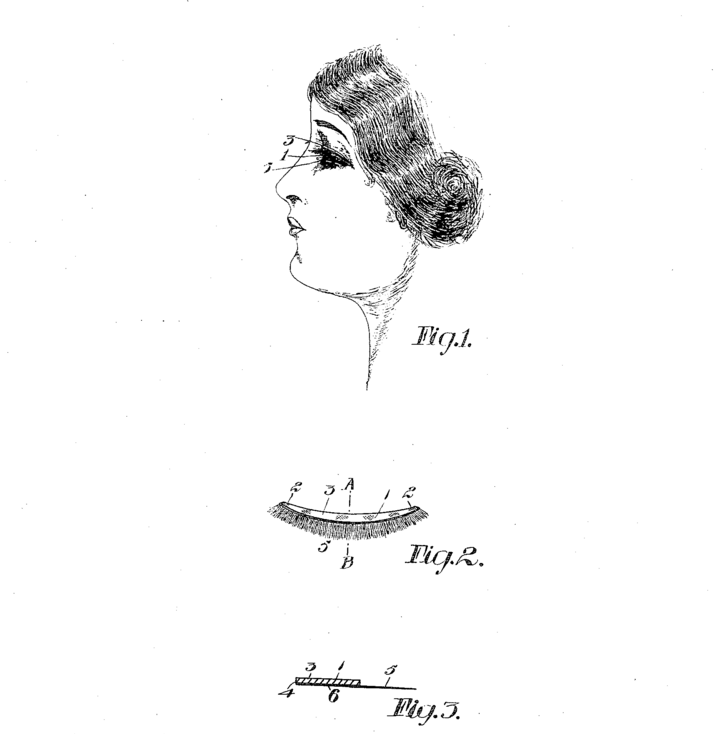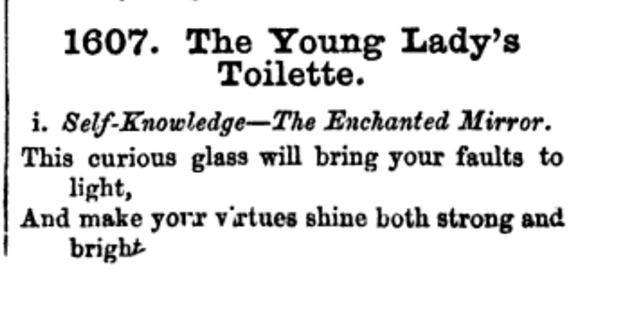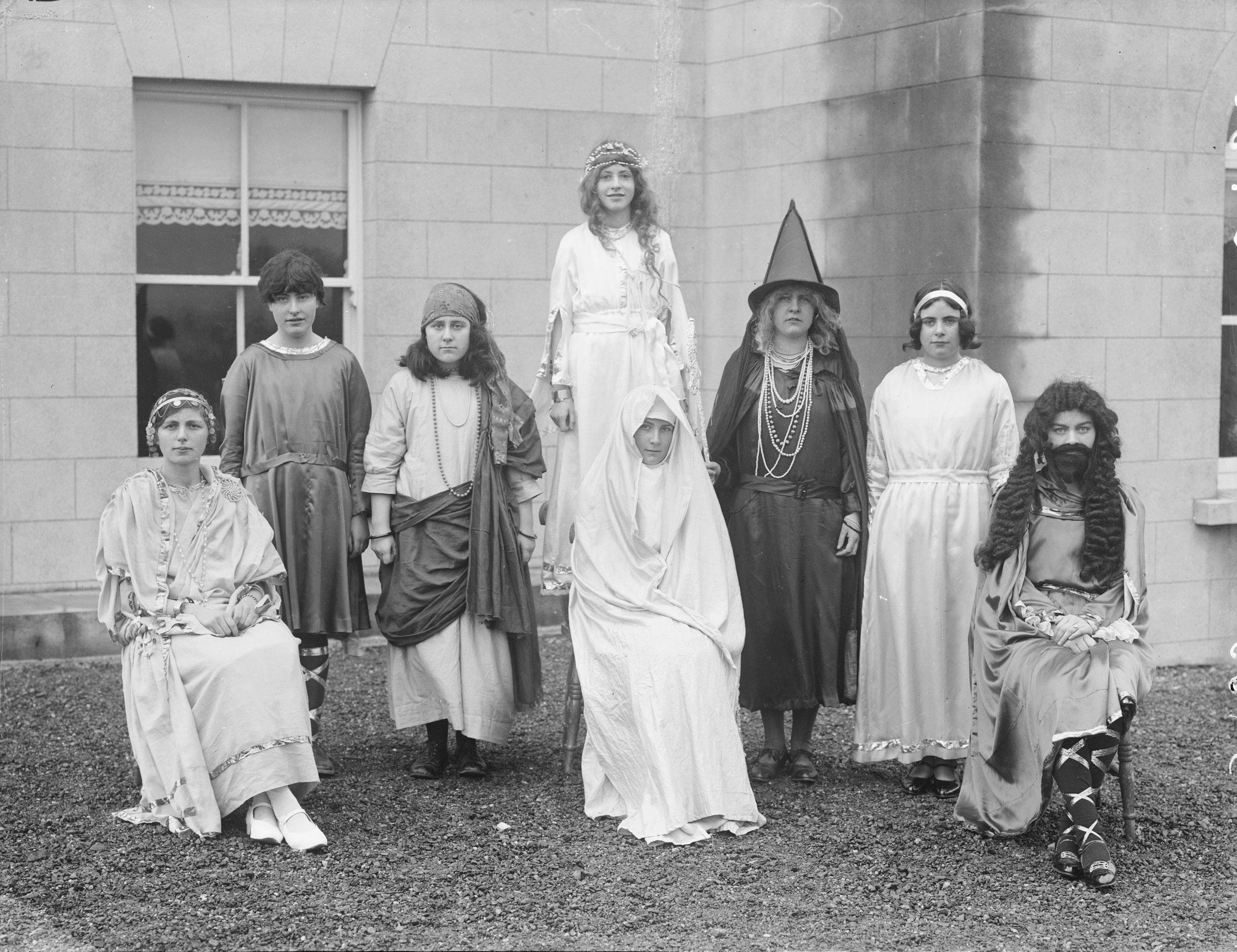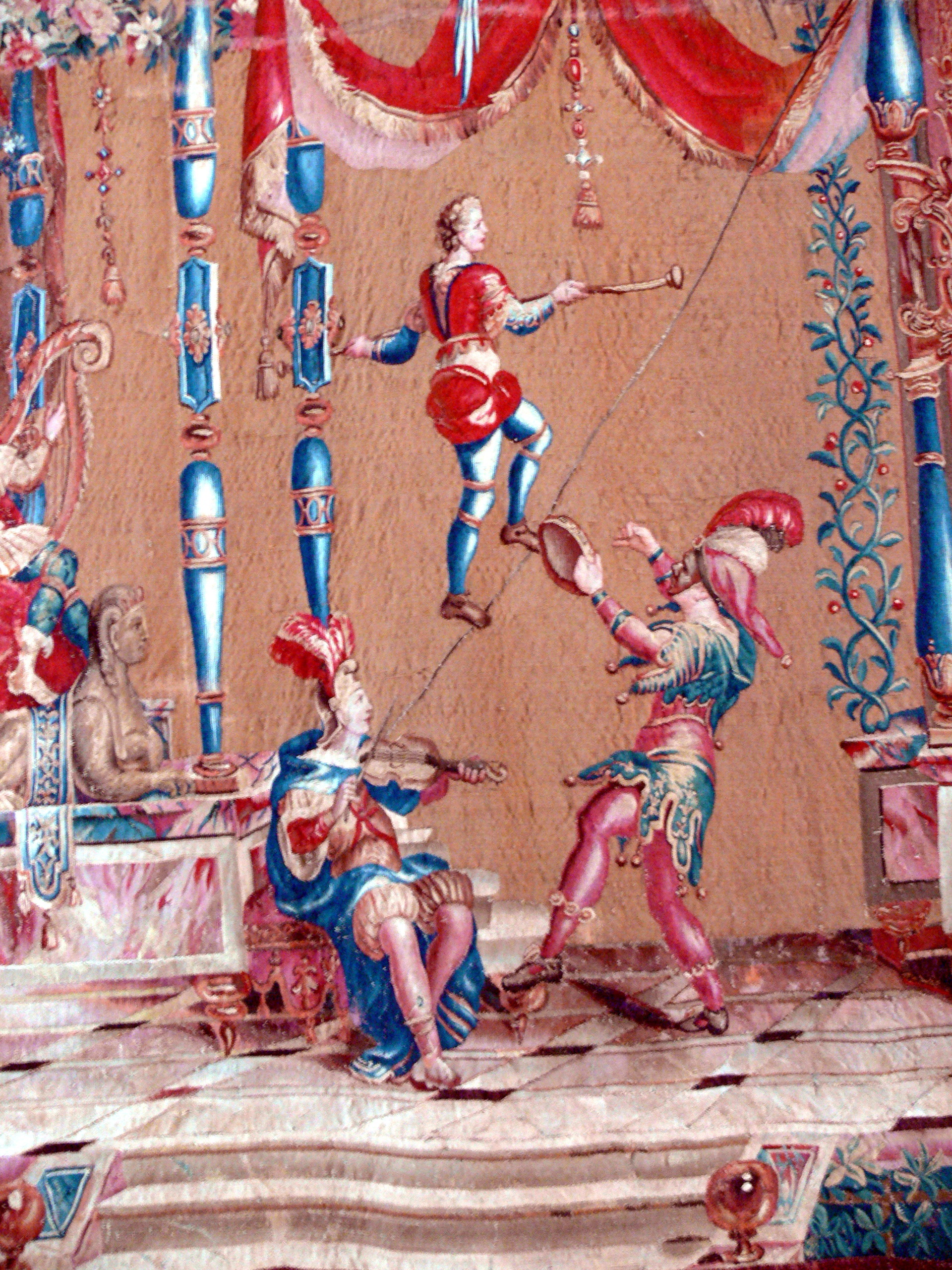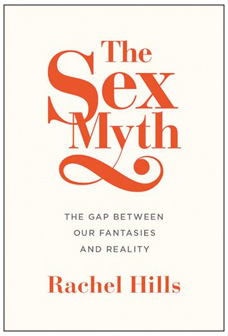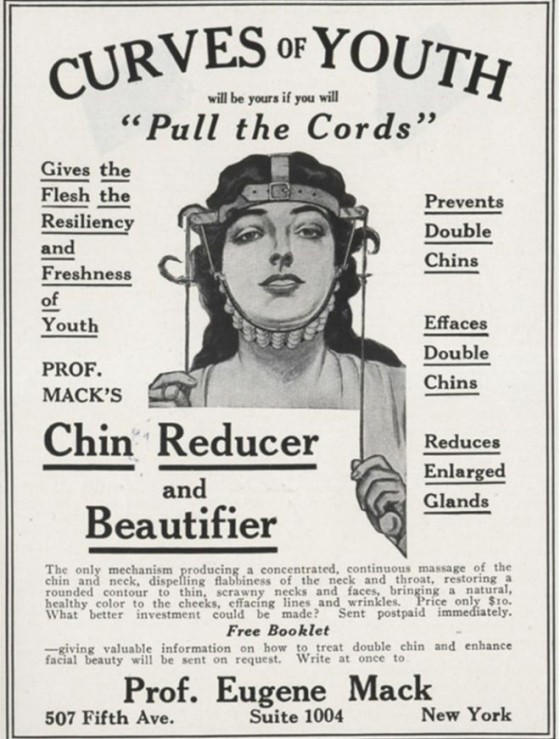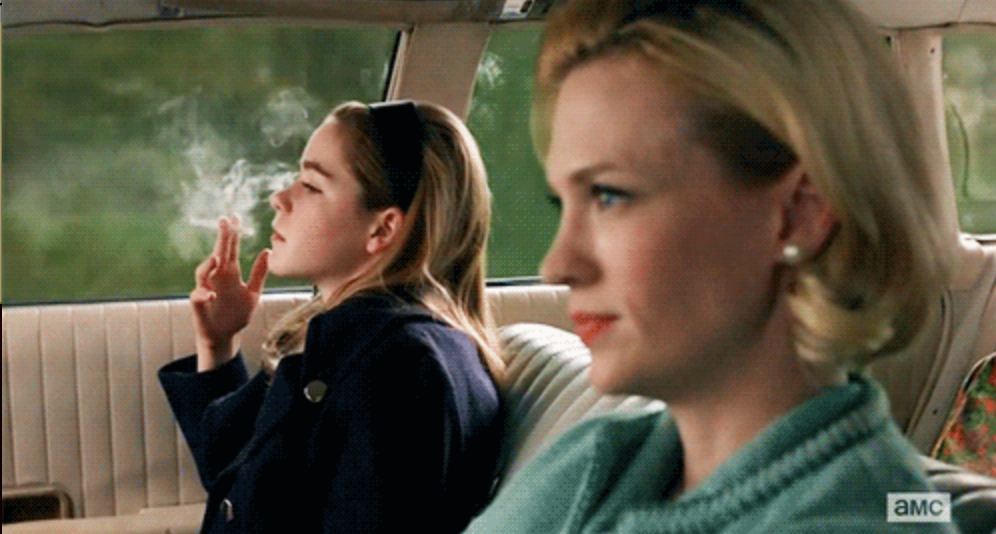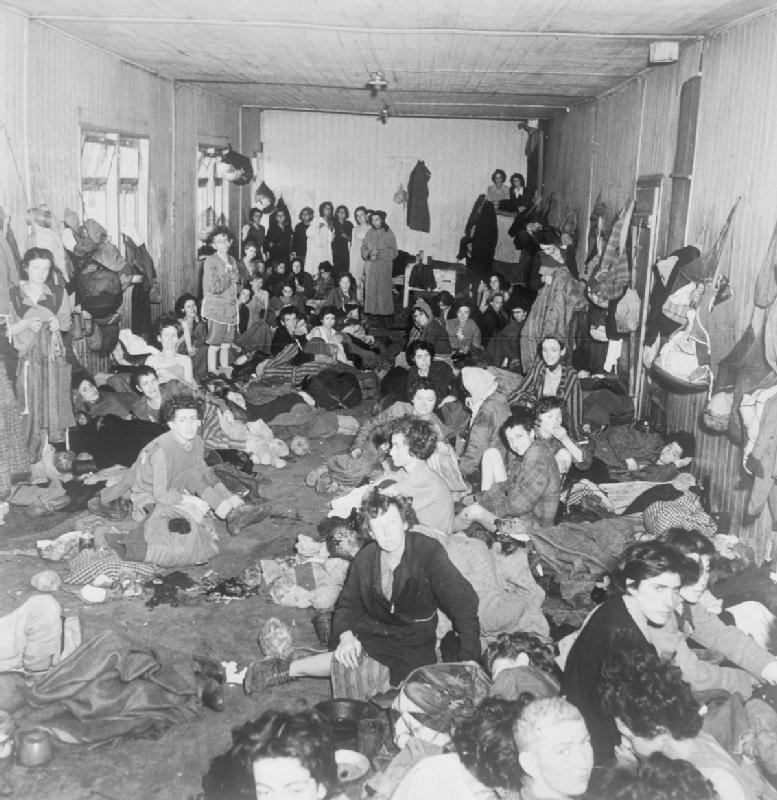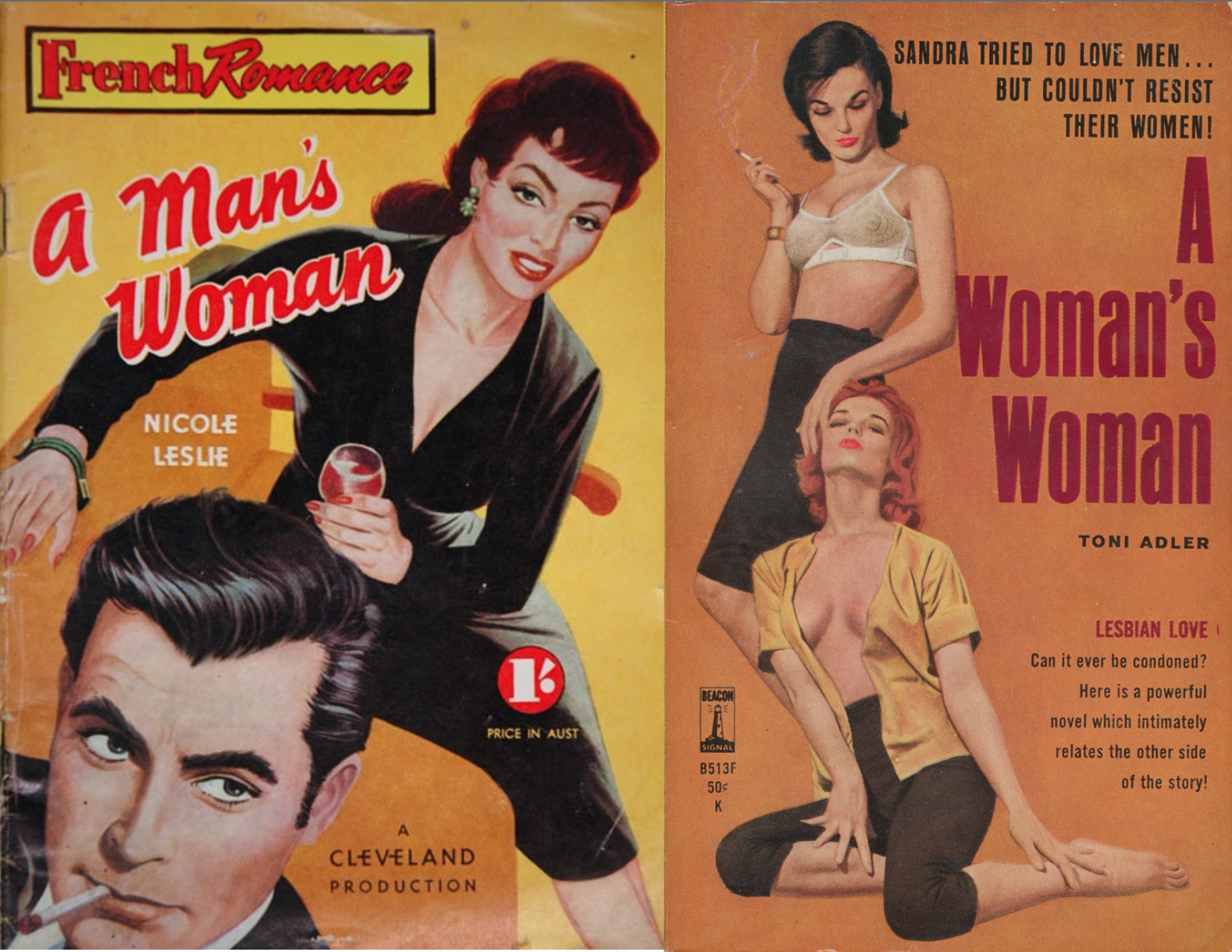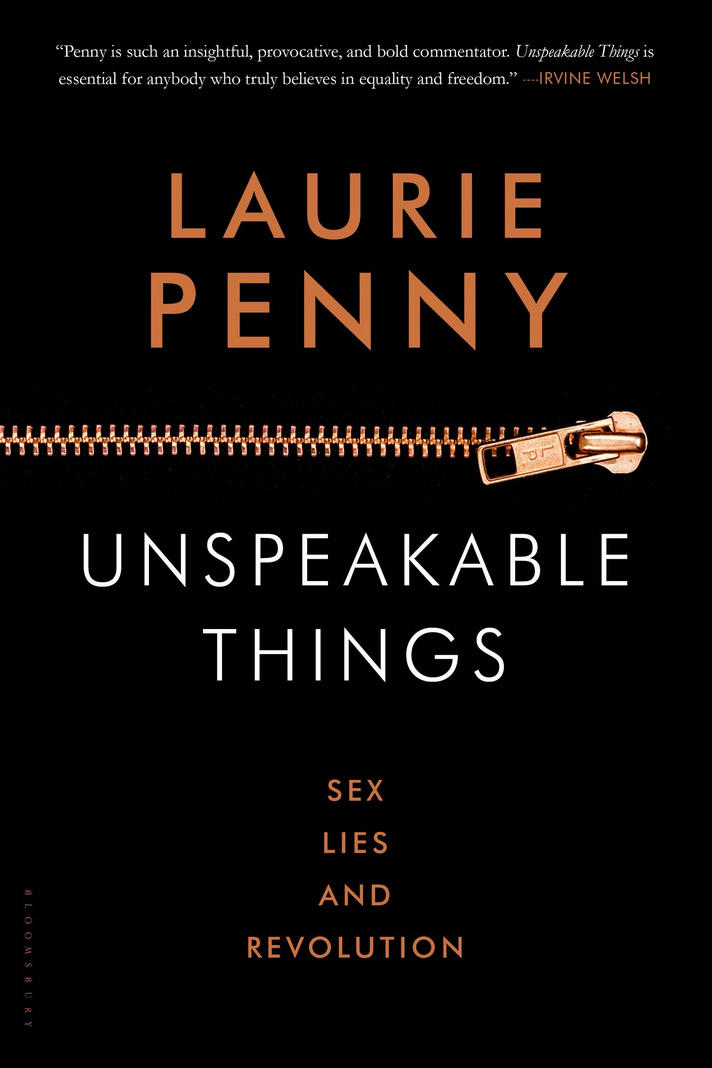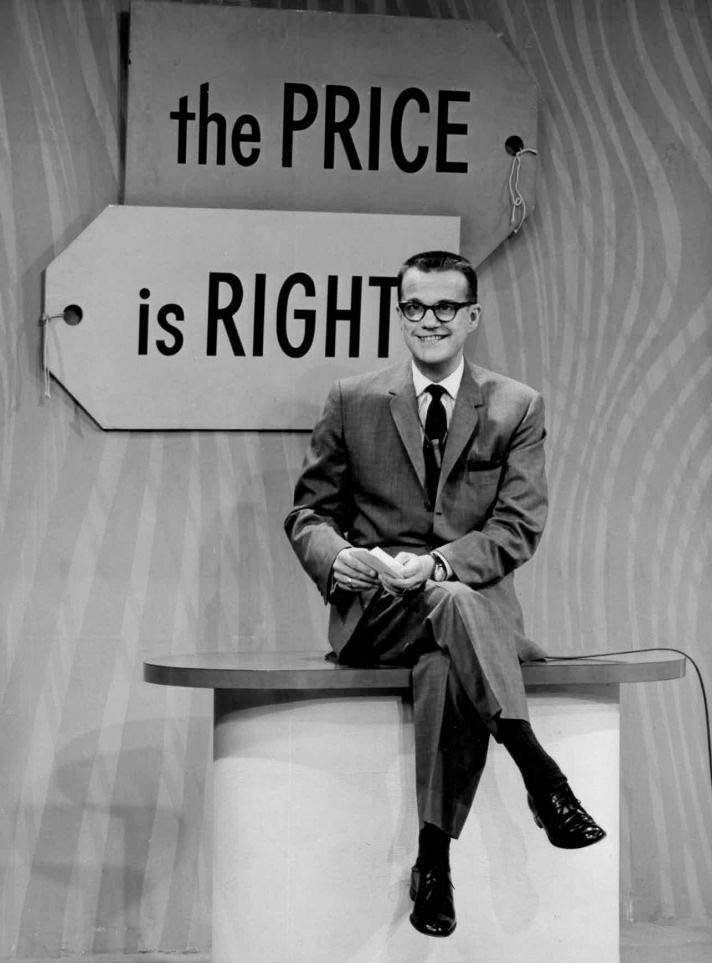Men's Fashion, Eugenics, and Cultural Capital
The suit led to "a remarkable repression of Narcissism among men." So this group of men wanted to get rid of it.
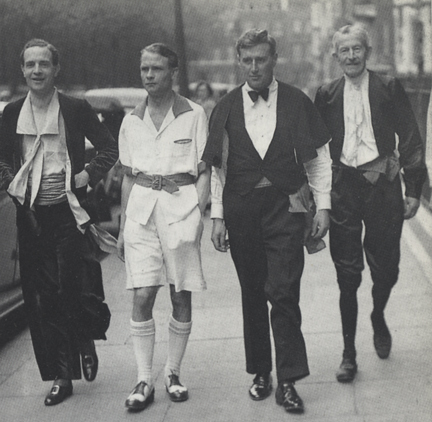
Members of the Men's Dress Reform Party, 1937. Here’s a party whose caucus I’d love to watch: The Men’s Dress Reform Party. While researching the history of men and makeup, I ran across a mention of this odd-duck British party in the 1930s whose sole purpose was to agitate for loosened clothing restrictions on men. They paraded about in shorts, open-collared shirts, and color-coordinated socks; if a member wore a tie, he might fasten it inches below his Adam’s apple. The idea was that the dark, heavy clothes men were expected to wear were unhygienic (it was difficult to wash a suit before widely available dry cleaning—indeed, that’s part of why suits are traditionally dark, to mask dirt), and ugly to boot (we’ll get to that). Men’s clothing was a health hazard, they claimed, which fell into line with… Read More...

